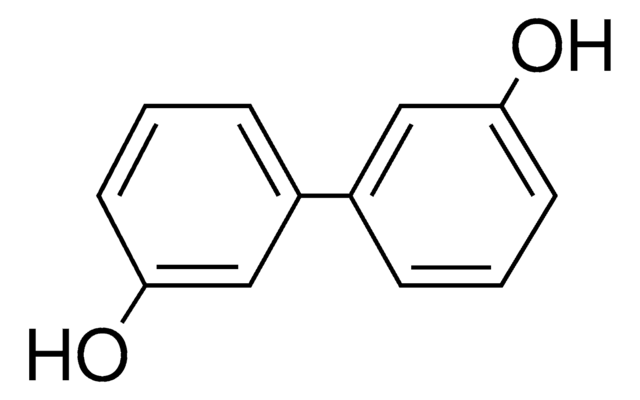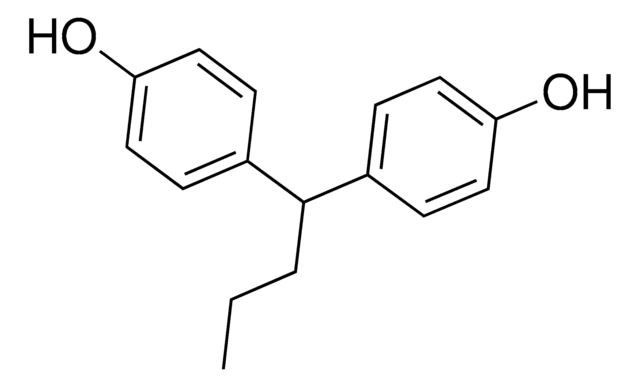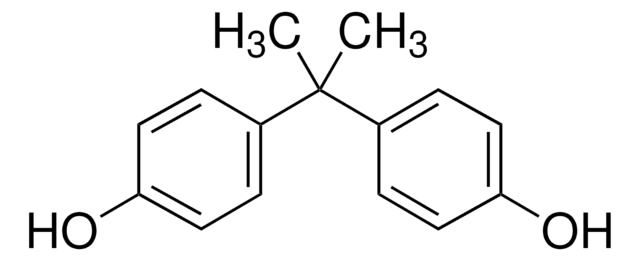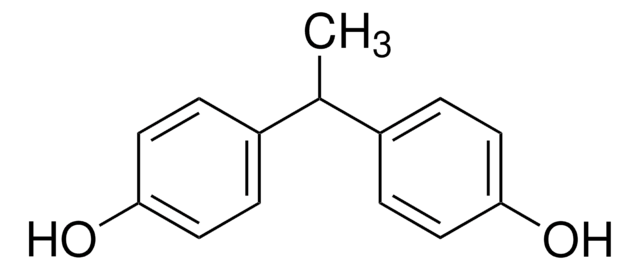115819
2,2′-Biphenol
99%
Synonyme(s) :
2,2′-Biphenyldiol, 2,2′-Dihydroxybiphenyl, 2,2′-Diphenol
About This Item
Produits recommandés
Essai
99%
Forme
solid
pb
315 °C (lit.)
Pf
108-110 °C (lit.)
Chaîne SMILES
Oc1ccccc1-c2ccccc2O
InChI
1S/C12H10O2/c13-11-7-3-1-5-9(11)10-6-2-4-8-12(10)14/h1-8,13-14H
Clé InChI
IMHDGJOMLMDPJN-UHFFFAOYSA-N
Catégories apparentées
Code de la classe de stockage
11 - Combustible Solids
Classe de danger pour l'eau (WGK)
WGK 2
Point d'éclair (°F)
309.2 °F - closed cup - (External MSDS)
Point d'éclair (°C)
154 °C - closed cup - (External MSDS)
Équipement de protection individuelle
dust mask type N95 (US), Eyeshields, Gloves
Faites votre choix parmi les versions les plus récentes :
Déjà en possession de ce produit ?
Retrouvez la documentation relative aux produits que vous avez récemment achetés dans la Bibliothèque de documents.
Notre équipe de scientifiques dispose d'une expérience dans tous les secteurs de la recherche, notamment en sciences de la vie, science des matériaux, synthèse chimique, chromatographie, analyse et dans de nombreux autres domaines..
Contacter notre Service technique







